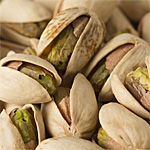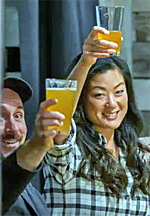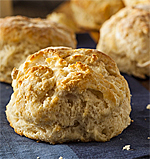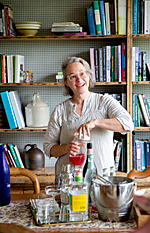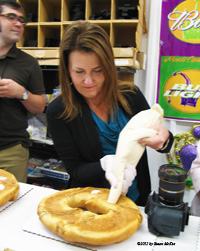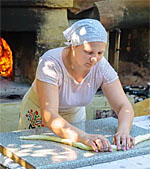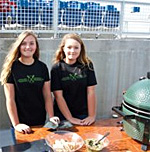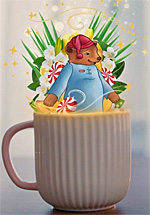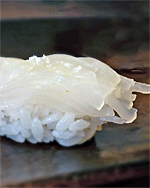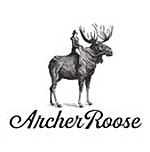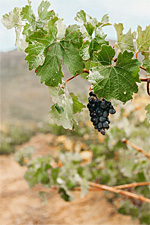Coffee: “Hipster and High Design”
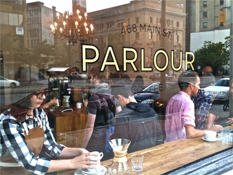 Special to Road Trips for Foodies
Special to Road Trips for Foodies
By Travel Manitoba
Graham Bargen pours boiling water, precisely 410 grams, into a filter atop a glass beaker, the kind that might remind you of Grade 9 science class. It’s called a V-60 Chemex, and it’s an essential tool of his trade: selling painstakingly concocted quality coffee.
There are no beans in the filter. That comes later. The hot water is the first step in the slow process of a perfect cup of coffee. “The hot water washes away any taste of paper fibre. It’s the least efficient way to make a coffee,” he explains.
When he adds the beans, he’ll tell you they come from roasters who are known for their fair trade practices. “These are an amazing Kenyan bean from Phil & Sebastian,” he says. “They actually visit the farms and meet the growers. You want to taste the bean, taste the terrain, be it from Ethiopia or Kenya or Brazil. And you want to taste the notes on your tongue. This one has berry notes, don’t you think?”
Bargen and his partner Thom Hiebert opened Thom Bargen Coffee and Tea last spring on Sherbrook Street, an emerging Winnipeg food neighbourhood. Thom Bargen is a part of what is known as third wave coffee culture, coffee spots that are fundamentally different than your standard latte and cappuccino places. They take their beans as seriously as wine tasters. “I discovered that coffee had depths of flavour that I never knew coffee could have. It’s like you don’t know you’ve been eating stale bread until you eat fresh.”
Like other third wave coffee culture houses in Winnipeg, Thom Bargen’s is very design savvy. The menu is printed on a big roll of brown butcher’s paper hanging from the wall. The works of Takashi Iwasaki, a Japanese-born visual artist who moved to Winnipeg, hang on the walls, near a ten speed bike. Near them, is some Canadian iconography, Hudson’s bay blankets, rolled up. (They’re lent to customers who sit outside on cool nights).
Thom Bargen is not the first of its kind in Winnipeg. Parlour Cafe on Main Street in the Exchange District blazed the trail. Nils Vik, a former architecture student and product designer, opened Parlour in the fall of 2011. It might be the prettiest little coffee house you’ll ever see. Here, beans are ground to order and freshly roasted every week. Locals have called Parlour’s java addictive.
While baristas slow pour, a mixed crowd of artsy types and business people from the nearby financial district look out the big picture window or strike up conversations. The space is laid out to foster talk. “Tables aren’t too deep so people can talk to their neighbours,” say Vik. (No Wi-Fi Here, a sign reads proudly).
Parlour has been so successful that Vik recently opened a new cafe in boho chic Osborne Village. Proof that Winnipeggers take their coffee seriously, Little Sister Coffee Maker set up shop at an intersection that already housed a Starbucks, Second Cup and Tim Hortons. With subway tiles walls, concrete counters, and Herman Miller chairs, Little Sister is different in look and feel from Parlour’s minimalist interior. Little Sister features Bow and Arrow from Canada and guest roasters from the US.
On Corydon Avenue in the heart of Little Italy, MAKE Coffee + Stuff is as much art gallery as cafe. Owner Jae-Sung Chon is a professor of environmental design at the University of Manitoba and says he opened the cafe in part because he was looking for a good place to meet students and colleagues for a good coffee. Fernwood Coffee Company star in the cups at MAKE, and Chon says his slow drip method is influenced by Japanese tea brewing. In MAKE’s long deep space, the counter is at the back so before you place your order you stroll through exhibitions space (not to mention rows of modernist chairs on low tables).
The French-speaking neighbourhood of Saint Boniface boasts Cafe Postal located in a former post office with quaint brick exterior. Inside the postage stamp-sized cafe, a chic interior of reclaimed elm draws an animated crowd of coffee, art and music lovers. The owner is a fine arts graduate from the University of Manitoba and a talented photographer so the art on the walls is as good as the cafe in the cups.
(Photo by Leif Norman courtesy of Travel Manitoba)


